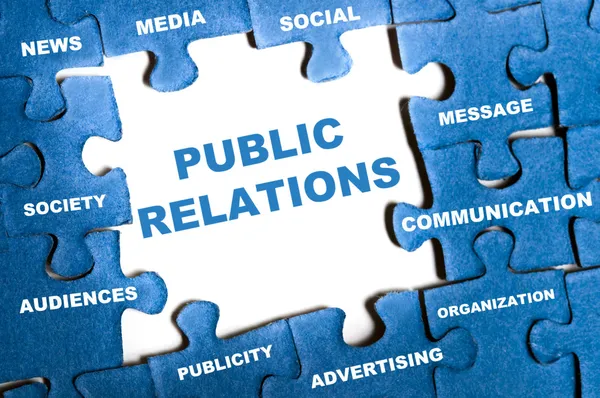How to Use Social Media to Collect Recipes and Raise Money with a Fundraising Cookbook
Social media platforms have become indispensable tools in our digital age, especially for community-driven projects like fundraising cookbooks. They offer a unique opportunity to engage with a vast audience, source diverse content, and promote your cause. Here’s a detailed plan on leveraging social media to collect recipes and raise funds for your cookbook project. CookbookFundraiser.com, your complete online fundraising platform, offers an entire library of pre-designed social media posts that you can use during every step of your fundraiser.

Phase 1: Setting Up and Branding
Duration: 2-3 weeks
- Choose the Right Platforms: Depending on your target audience, decide on which platforms to focus – Instagram for visuals, Facebook for community building, Twitter for quick updates, etc.
- Consistent Branding: Ensure your profile pictures, banners, and color schemes resonate with your cookbook’s theme.
- Introductory Post: Announce the cookbook project, its purpose, and how followers can contribute and support.
Phase 2: Recipe Collection Campaign
Duration: 1 month
- Hashtag Creation: Develop a unique and catchy hashtag for your campaign to help track submissions and create a buzz.
- Recipe Challenges: Encourage followers to share their favorite recipes with a backstory, using the campaign hashtag.
- Engage with Contributors: Like, share, and comment on recipe posts to build community and show appreciation.
Phase 3: Promotion and Engagement
Duration: 1-2 months
- Teasers: Share snippets or sample recipes from the cookbook to build anticipation.
- User-Generated Content: Showcase followers’ recipes that will be featured in the cookbook, tagging them to increase reach.
- Interactive Content: Host Q&A sessions, live cooking demos, or polls to engage your audience and keep the buzz alive.
Phase 4: Fundraising and Sales Drive
Duration: 1-2 months
- Sponsorship Links: If you are accepting advertising in your cookbook, remember to promote it and consider highlighting the companies that have already placed ads.
- Early Bird Offers: Provide special deals or bonuses for those who pre-order the cookbook or contribute a certain amount.
- Partnerships and Shoutouts: Collaborate with influencers or local businesses for promotional shoutouts or giveaways, expanding your reach.
Phase 5: Post-Sales Updates and Acknowledgments
Duration: Ongoing
- Progress Updates: Share updates on the cookbook’s production stages, estimated delivery times, and any behind-the-scenes looks.
- Acknowledgment Posts: Recognize and thank significant contributors, supporters, and everyone who shared recipes.
- Feedback and Testimonials: Encourage those who received the cookbook to share their cooking experiences, reviews, and testimonials on social media.
Conclusion
Social media is not just a promotional tool; it’s a two-way communication channel that fosters community, collaboration, and shared achievement. By effectively harnessing its power, your fundraising cookbook can not only reach its financial goals but also create a lasting bond among all its contributors and supporters. So, set up those profiles, start those campaigns, and watch as the world of social media brings your cookbook dream to fruition.
Bill Rice is the Co-Publisher of Family Cookbook Project and CookbookFundraiser.com which helps individuals, churches, schools, teams and other fundraising groups create cherished personalized cookbooks using peer-to-peer tools and the power of the Internet to meet group funding needs. Follow







